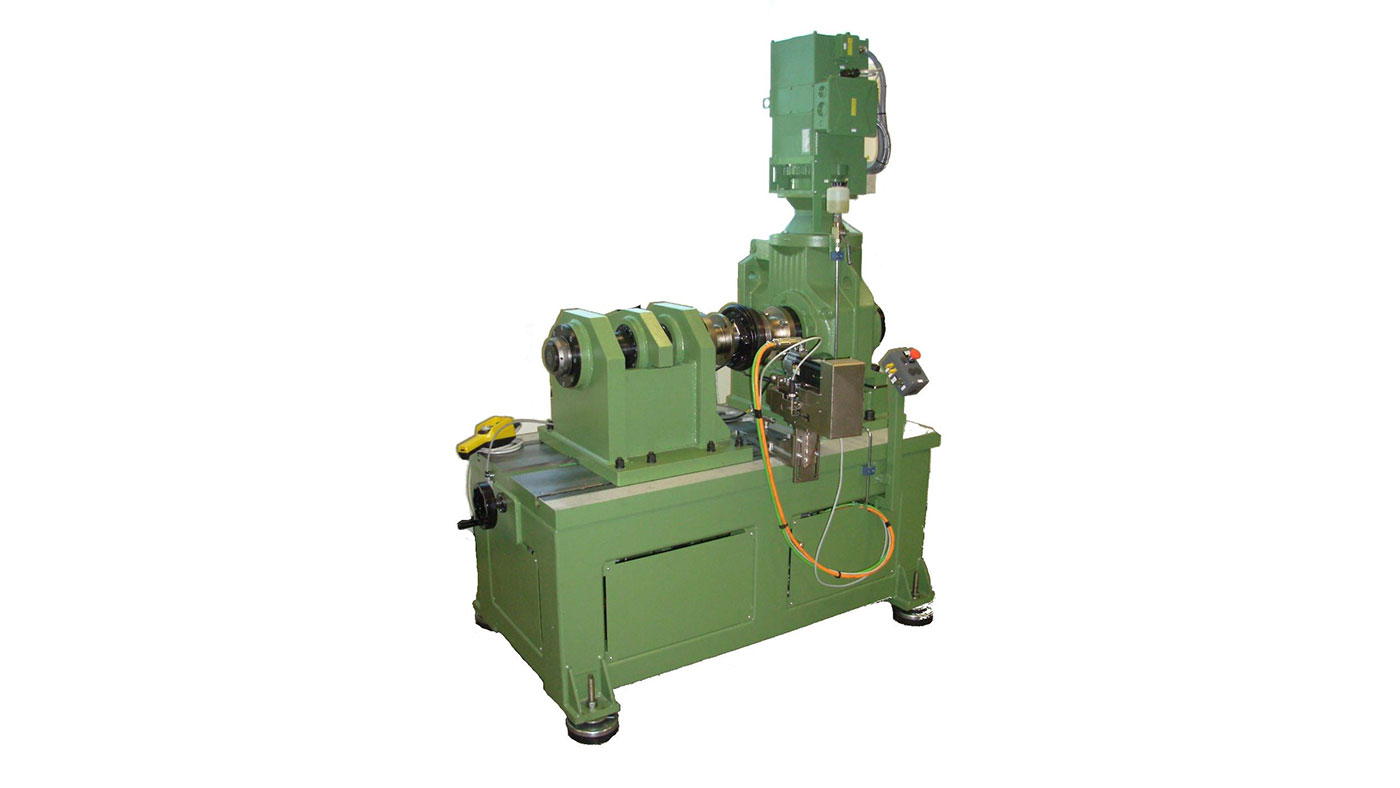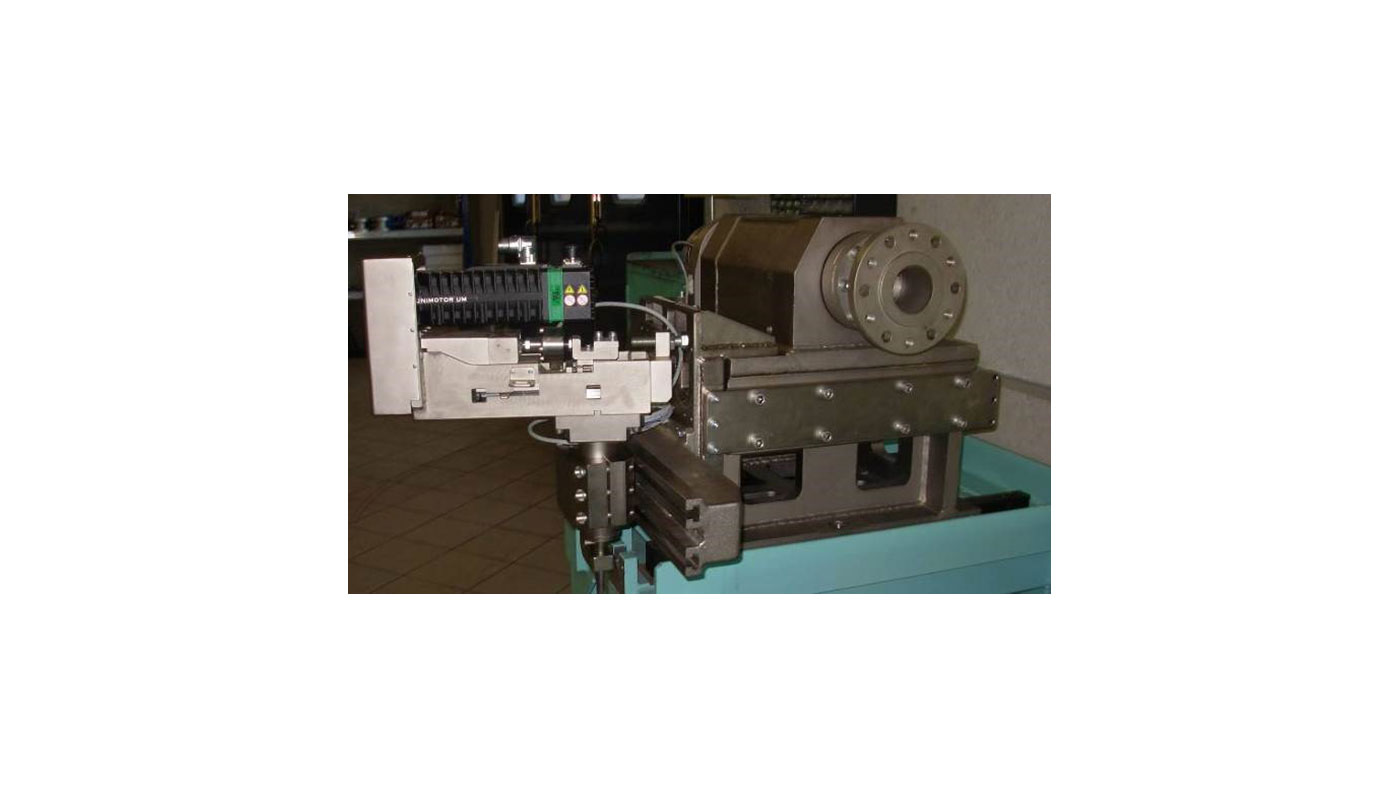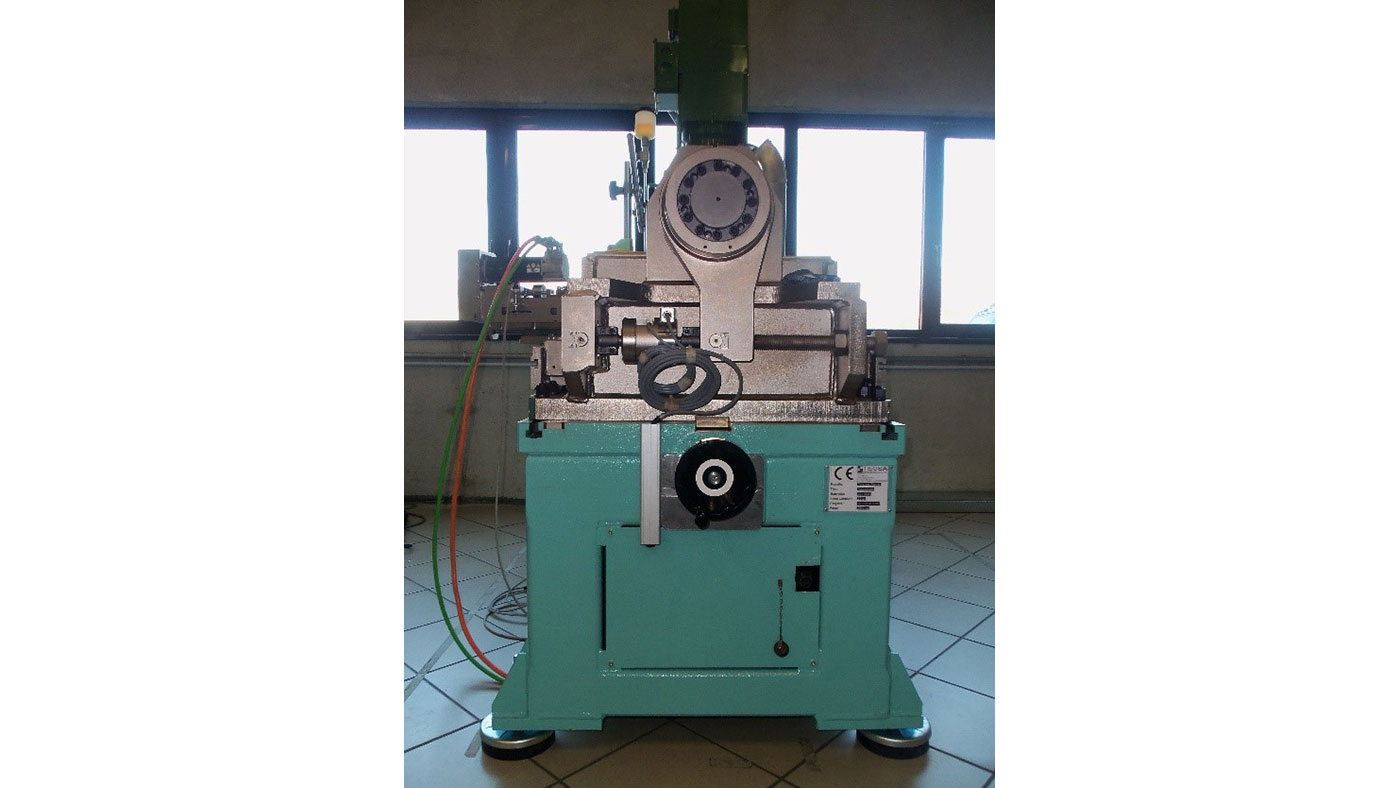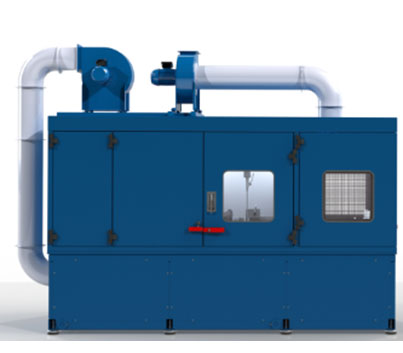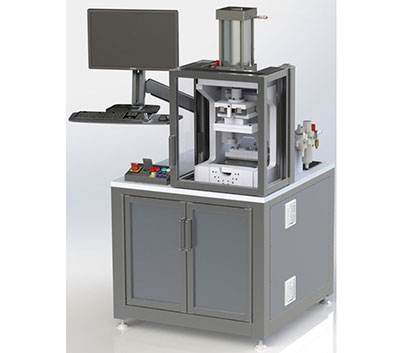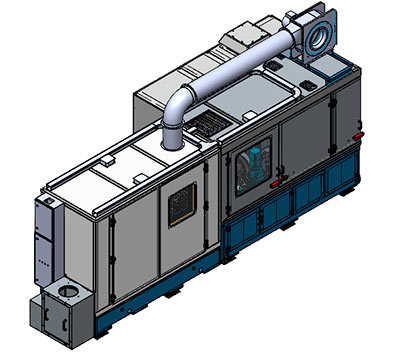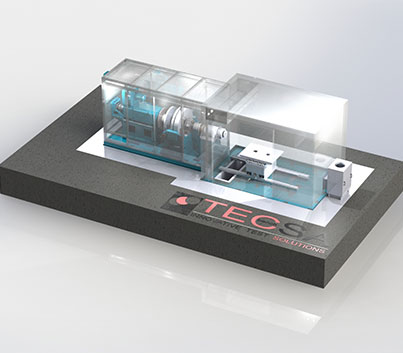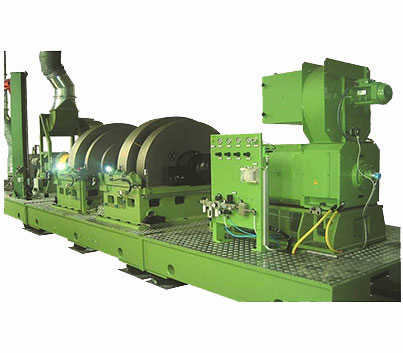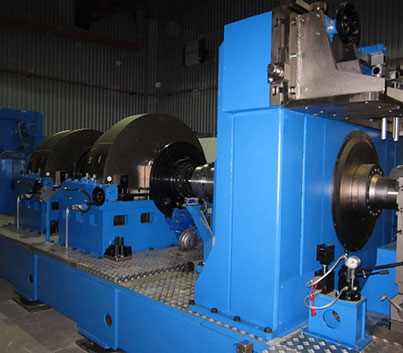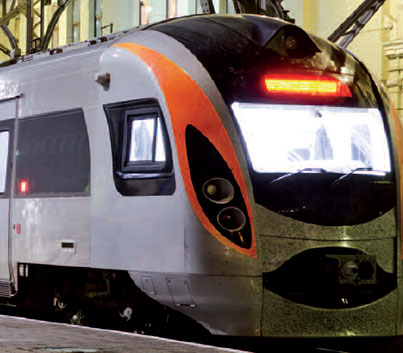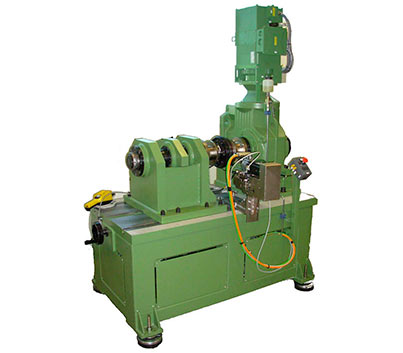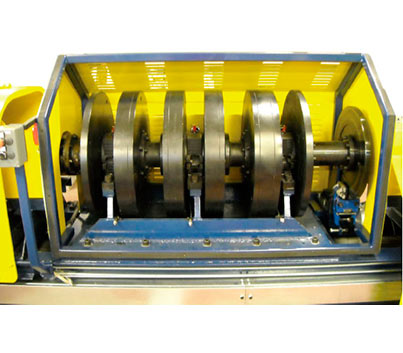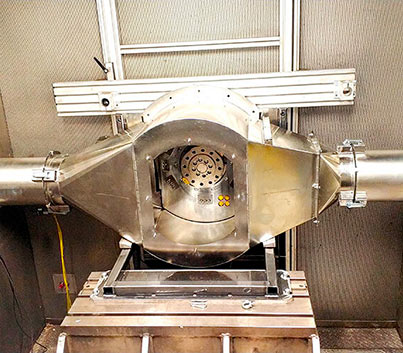- Speed: 0-28 rpm
- Max. braking torque: 7000 Nm
- Motor 10.6 kW
- Max. pressure: 250 bar
- Handbrake actuator: max. strength 5000 N
- EPB Trolley (electric parking brake): integrated with handbrake pull
AT 7000
Fatigue tests on parking brakes
- Stress tests on braking systems (typically drum brakes)
- Alternate torsion tests
- Simulation of the solicitations of the brake systems on vehicle (e.g. car transporter)

